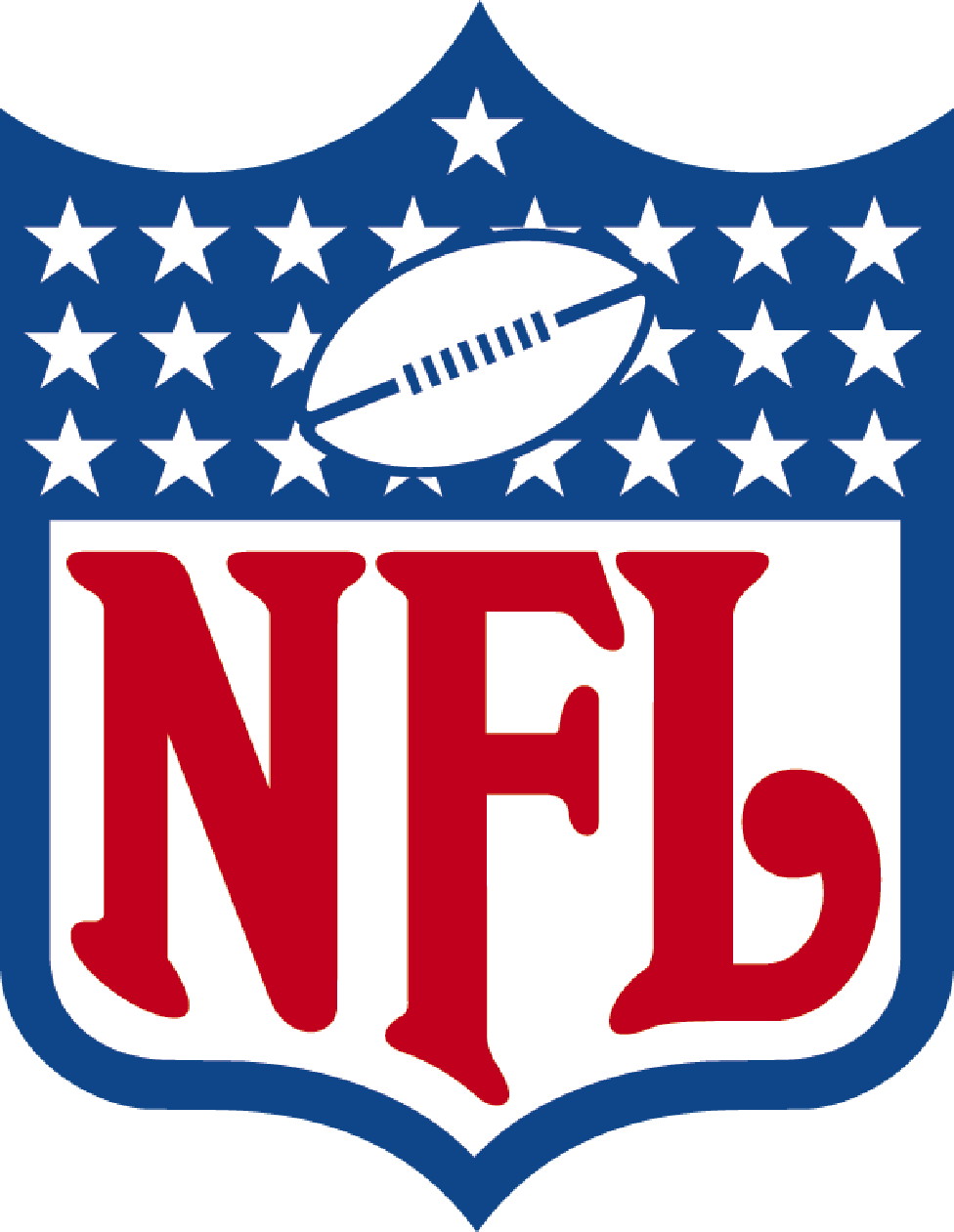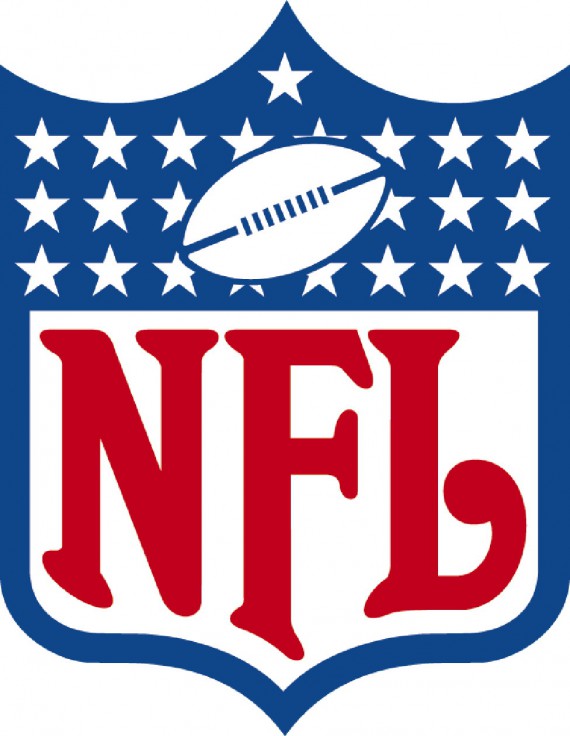
John Lombardo, M.D. is the drug advisor to the NFL on anabolic steroids and other performance-enhancing drugs. He has granted waivers to football players who have tested positive for anabolic steroids based on medical need. The medical rationale was “testicular disease” in each case.
John Lombardo, has granted waivers to players who have failed drug tests but then explained their medical need for testosterone. NFL spokesman Greg Aiello won’t disclose names or reveal how many players have been allowed to pump synthetic hormones into their bodies except to say it’s “a very small number.”
This is the National League Football (NFL) version of the therapeutic use exemption that can be submitted after failing a drug test. An interesting article by Tom Farrey of ESPN the Magazine suggests this is a precedent opening the door to widespread use of hormones in sports like football.
It’s a little-used exemption to the league’s drug policy, but it’s a precedent-setting one: Any player who can show that replacing hormones is critical to his continued health should be allowed to take them.
The demonization of anabolic steroids and performance-enhancing drugs in sports fails when there is a legitimate medical need for treatment. No longer are anabolic steroids and growth hormone categorically bad or dangerous.
Tom Farrey cites recent studies showing that mild concussions can cause brain damage (pituitary dysfunction) resulting in growth hormone and/or testosterone deficiencies.
Players with testicular disease are not the only ones in need. At the base of the brain, encased in a small, bony shell, is a pea-size gland called the pituitary, which secretes hormones that help regulate everything from mood to energy level. For years, the gland had been overlooked in discussions of head trauma. But in the late 1990s, UCLA neurosurgeon Daniel Kelly noticed that many of his head-injury patients suffered from symptoms associated with pituitary failure: depression, fatigue, anxiety, poor concentration. His findings, which he published in 2000, have led to at least eight studies on three continents, which together involved more than 600 subjects. Each study confirmed the link between traumatic brain injury (TBI) and a loss of hormonal function. The most common deficiencies in men were those of growth hormone, which occurred in 15% to 20% of cases, and of testosterone, in 10% to 15%.
Most of the subjects in these studies had suffered a moderate or severe TBI with some bleeding in the head during a car accident, a fall or some other nonsports-related activity. But, Kelly says, “if you look at the literature, there’s a small but definite component of patients with milder head injuries who also lose hormonal function.” One study, in Italy, found pituitary dysfunction in as many as 37.5% of patients with mild TBI, the same level of injury NFL players typically incur when they get dinged.
Another interesting bit of information from this article includes information from World Anti-Doping Association (WADA) about the number of therapeutic use exemptions granted for testosterone and growth hormone.
International sports federations overseen by WADA have granted 15 therapeutic-use exemptions for HGH and 26 for testosterone.
As a society, we’ve already accepted brain damage as an acceptable consequence of playing certain sports. This likely risk in football from concussions doesn’t make the sport unacceptable. Yet, the dangers from anabolic steroids and growth hormone will likely continue to be unacceptable. At the very least, let’s hope that exemptions for the therapeutic use of steroids and other performance enhancing drugs is permitted in sports to preserve the health of affected athlete’s. (Therapeutic use by definition means the benefit outweighs the risk of harm.)
Thanks to Radley Balko for pointing us to this article. He also makes the following comment on the hypocritical concern given to the health of (football) athletes subjected to drug testing:
The league has banned HGH (on very little evidence), allegedly to protect its players from the harm it allegedly does to their health. But the game of football itself is causing debilitating, potentially life-threatening injuries to players, and we think little of it. These injuries are the entirely predictable result of the slobber-knocking hits that make the game so much fun to watch, both live, and from the six different angles in various highlight packages on SportsCenter.

About the author
Millard writes about anabolic steroids and performance enhancing drugs and their use and impact in sport and society. He discusses the medical and non-medical uses of anabolic-androgenic steroids while advocating a harm reduction approach to steroid education.

No replies yet
Loading new replies...
Join the full discussion at the MESO-Rx →